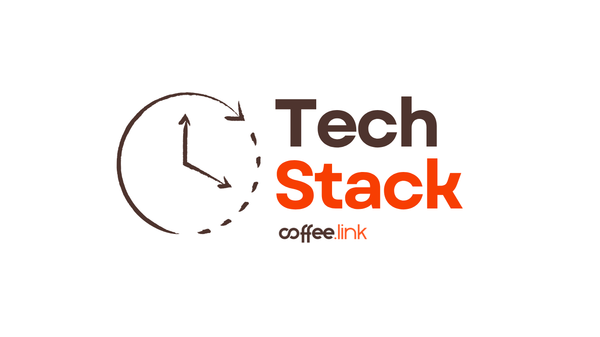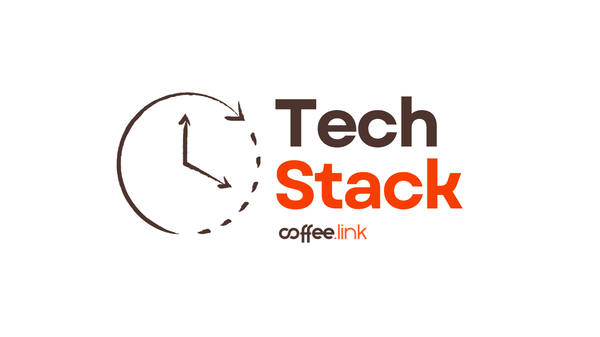We can't explain it better than this video:
If you are not into videos, here is a quick overview about what it means:
The RISC-V Vector 1.0 extension (often referred to as RVV 1.0) is a significant enhancement to the RISC-V ISA (Instruction Set Architecture) aimed at providing efficient support for vector processing, which is essential for high-performance computing tasks, including scientific computing, machine learning, and multimedia applications. Here’s a quick overview:
Key Features
-
Scalability:
- The RVV extension is designed to be scalable, supporting a wide range of vector lengths and element widths. This allows it to cater to various applications and hardware implementations.
-
Variable-Length Vectors:
- Unlike fixed-length SIMD architectures, RVV supports variable-length vectors, enabling flexibility and efficiency across different hardware platforms.
-
Diverse Data Types:
- RVV supports various data types, including integer and floating-point types, allowing it to handle a broad spectrum of computational tasks.
-
Element-Wise Operations:
- It provides instructions for performing element-wise operations on vectors, such as addition, multiplication, and logical operations.
-
Load/Store Operations:
- Efficient load and store operations are supported, including strided and indexed access patterns, which are crucial for handling complex data structures.
-
Masking Support:
- RVV includes masking capabilities, allowing conditional execution of vector operations, which improves performance and energy efficiency by avoiding unnecessary computations.
-
Reductions and Permutations:
- The extension supports reduction operations (such as sum and max) and permutation operations, which are essential for many algorithms.
-
Configurable Vector Length (VLEN):
- The vector length (VLEN) can be configured dynamically, allowing the same binary to run efficiently on different implementations with different vector lengths.
Programming Model
-
Vector Registers:
- The architecture defines a set of vector registers (e.g., v0, v1, v2, ...) that hold the vector operands.
-
Vector Instructions:
- A rich set of vector instructions is provided for arithmetic, logical, and data manipulation operations.
Use Cases
-
High-Performance Computing (HPC):
- Ideal for scientific simulations and other HPC applications that require high throughput.
-
Machine Learning:
- Enhances the performance of machine learning algorithms, particularly in training and inference tasks.
-
Multimedia Processing:
- Improves the efficiency of multimedia applications, including image and video processing.
Benefits
-
Performance:
- Significant performance improvements for vectorizable workloads due to efficient handling of large data sets.
-
Flexibility:
- The variable-length vector model offers flexibility in terms of hardware implementation and application development.
-
Efficiency:
- Enhanced energy efficiency through optimized vector operations and masking capabilities.
The RISC-V Vector 1.0 extension is a powerful addition to the RISC-V ecosystem, enabling a new level of performance and flexibility for applications that require vector processing. Its scalable and versatile design makes it suitable for a wide range of high-performance computing tasks.
RISC-V is an open-standard Instruction Set Architecture (ISA) that is free and extensible, designed for a wide range of computing devices from microcontrollers to supercomputers. It is known for its simplicity, flexibility, and scalability.
RISC-V vs. Competitors
Open-Source Advantage: Unlike proprietary ISAs like ARM and x86, RISC-V is open-source, allowing for customization and innovation without licensing fees.
Flexibility: RISC-V's modular design supports custom extensions, making it adaptable for various applications.
Growing Ecosystem: Increasing industry adoption with support from major companies and a robust developer community.
Performance: Competitive performance with other leading ISAs, particularly in embedded systems, IoT, and specialized computing tasks.
RISC-V's open nature and adaptability position it as a strong competitor in the evolving landscape of processor architectures.








